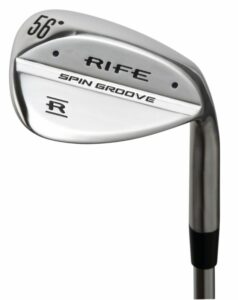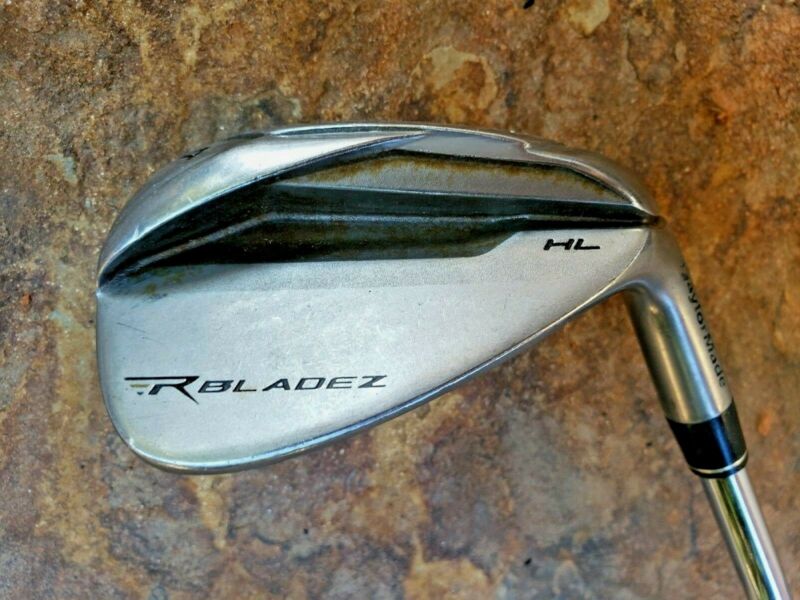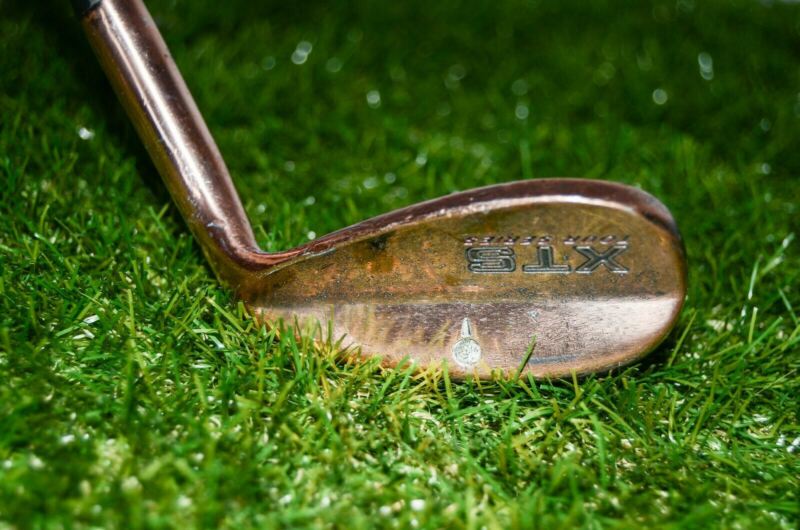56 vs. 60-Degree Wedge: What’s the Difference?
Golfers of all levels know the importance of having the right clubs in their bags to achieve the best results on the course.
Wedges are some of the essential golf clubs, as they play a critical role in short-range shots.
Wedges come in various lofts; the two most commonly used are the 56 and 60-degree wedges.
The 56-degree wedge falls in the sand wedges category, while the 60-degree wedge is a lob wedge. However, both are ideal for average golfers, and some pro golfers combine them.
This article will explore the differences between these two wedges, their uses, pros and cons, and which one may be best for you.
Overview
Golf wedges are designed with varying degrees of loft, which refers to the angle between the clubface and the shaft.
The degree of loft on a wedge can affect the trajectory and distance of the ball when it is hit.
The 56 and 60-degree wedges are the most common, each with unique strengths and weaknesses.
The 56-degree wedge is typically considered a sand wedge. It is often used for bunker and pitch shots from around 100 yards away.
The 60-degree wedge, on the other hand, is usually considered a lob wedge and is used for shorter approach shots and chip shots around the green.
The regular practice for most players is to stock the complete set of irons before adding a sand wedge and a 60-degree wedge.
The 56-wedge degree is most beneficial to average golfers. It provides enough distance while offering incredible consistency when chipping onto the green.
Generally, the sand wedges(54-56 degrees) are more versatile and cater to a wide range of golfers.
The lob wedges, on the other hand, are only ideal for better players. Let’s expatriate on the attributes of both wedges degrees.
56 vs. 60-Degree Wedge: Differences

The 56-degree wedge is among the wedge capable of providing ball height in minimal time, resulting in a sloppy landing.
It typically has 10-14 bounce angles. The lob wedge, also called the 60-degree wedge, is the shortest-hitting club in golf.
It launches the ball high up like the sand wedge but has a shot roll so the ball can quickly stop within the green.
The primary difference between the 56 and 60-degree wedges is the degree of loft.
A 60-degree wedge has a higher degree of loft than a 56-degree wedge, which can affect the trajectory and spin of the ball.
Furthermore, there’s also a difference in the shaft length.
The 60-degree wedge also has a shorter shaft length, which makes it easier to control and provides more precision in short-range shots.
56 vs. 60 Degree Wedge: Use Cases

The 56-degree wedge is one of the most versatile wedges in a golfer’s bag.
It provides a soft landing that rolls a few yards when it hits the ground.
It is typically used for sand shots, as it can quickly get the ball out of a bunker and onto the green.
The 56-degree wedge can also be used for pitch shots from around 100 yards away and chip shots around the green.
On the other hand, the 60-degree wedge is considered a specialist wedge and is used for short-range shots around the green.
Its four additional degrees help lift the ball high into the air. It is perfect for chip and pitch shots from around 50 yards or less.
The high loft of the 60-degree wedge allows for a higher trajectory and more spin, which can help golfers stop the ball quickly on the green.
Who Can Use Them?
Any golfer can use the 56-degree wedge.
Whether you’re a seasoned golfer or a high handicapper, the 56-degree wedge performs well. It is possible to land in a sand bunker at any time.
It’s also great for short games, allowing you to slip the ball from sand traps easily. It is effortless to control if you use it properly.
The 60-degree wedge, on the other hand, is not ideal for all levels of players.
It’s only suitable for the seasoned pro and not recommended for high handicappers, except if you want to suffer and make a mishmash out of your shot.
Pros and Cons
Professional golfers use 56 and 60-degree wedges, depending on the shot they try to make.
Many golfers have both wedges in their bags and will switch between them based on the situation.
There are pros and cons to both the 56 and 60-degree wedges. We’ve highlighted below some significant ones.
56-Degree Pros
- More versatile and ideal for different shot types
- More forgiving and easier to hit
- Longer shaft length and power
60-Degree Pros
- Ideal for short-range shots around the green
- More precision and control
- Shorter shaft length for more precision
56 vs. 60-Degree Wedge: Which is better?
When choosing between a 56 and 60-degree wedge, it’s essential to consider your skill level, playing style, and the type of shots you want to make.
The 56-degree wedge is ideal for a wide range of golfers, while the 60-degree is excellent for seasoned pros.
Furthermore, the 56-degree wedge is versatile, while the 60-degree wedge is a specialist.
Generally, Suppose you’re a beginner or intermediate golfer.
The 56-degree wedge is a better choice as it offers more versatility and forgiveness.
If you’re an experienced golfer looking for a wedge to help you improve your short game, the 60-degree wedge may be a better option.
It’s always best to try out different wedges and see which one feels more comfortable before deciding.
Related Posts:
- TSI3 vs. TSR3: What are the Differences?
- PXG 0211 Vs. 0811 Driver: Ultimate Comparison
- Srixon ZX5 Vs. Mizuno JPX 921: Which Is Better?

Want to Get Better at Golf?
Get "Ben Hogan's Five Lessons" and join thousands of others improving their golf skills.
Learn the Fundamentals: Stance and Posture > Golf Grip > The Swing.
This book has LOADS of positive reviews. THOUSANDS OF REVIEWS. A MILLION COPY SOLD. CHEAP!
Get the Book Here
